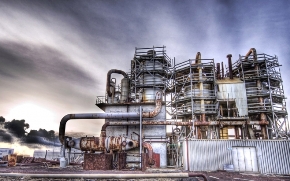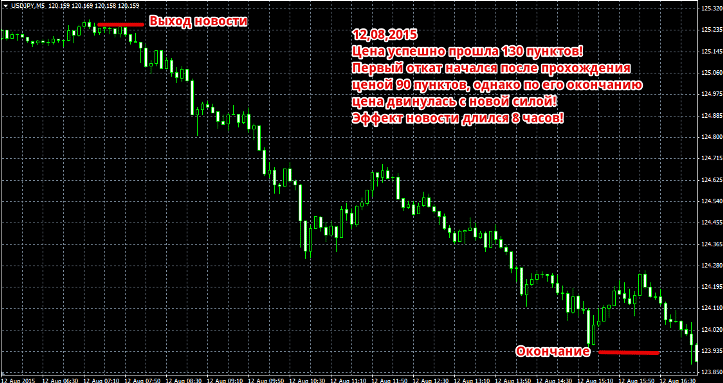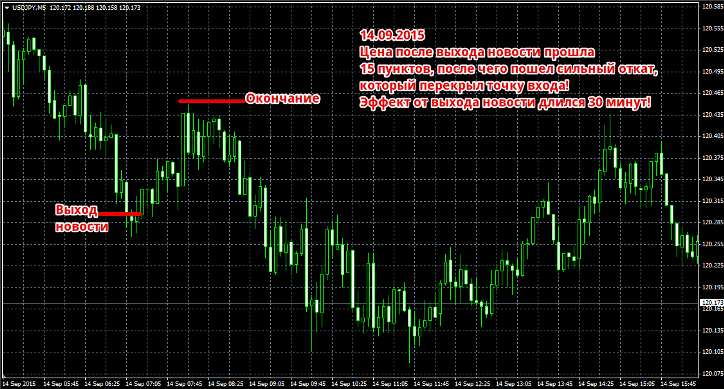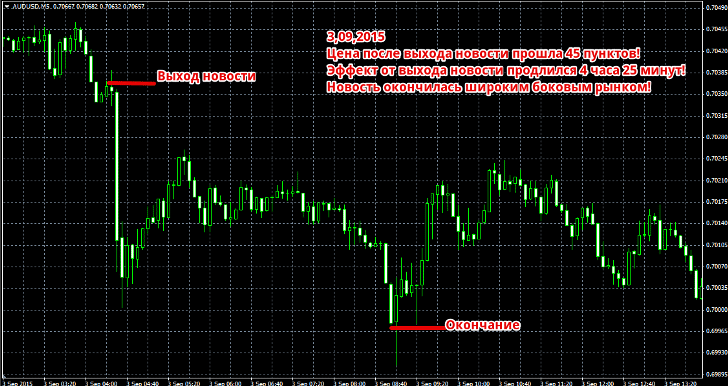Volume of industrial production in Japan. Impact of the news on the USD/JPY currency pair
Industry in any country is the engine of the economy, its heart. Japan, unlike many other countries, is very dependent on the development and stability of the industrial sector, since the number of factories that are associated with industrial production is simply huge.
Japan, unlike many other countries, is very dependent on the development and stability of the industrial sector, since the number of factories that are associated with industrial production is simply huge.
It’s worth counting the names of the brands of Japanese car manufacturers, special equipment and various industrial equipment, which are supplied to all corners of the world.
Economic policy in Japan is also aimed at developing the industrial sector and maintaining the industry as a whole, since the Central Bank of Japan deliberately underestimates the exchange rate of the national currency in order to make industrial goods competitive and gain price superiority over producers in other countries.
For example, take a good brand of Japanese car and find the same analogue of a German car; with the same quality of components, the prices will be simply striking.
The volume of industrial production in Japan is calculated by collecting data on the production of various factories, mines, and the provision of public services. Thanks to this news, you can monitor the general situation in the industrial sector, and since industry is the heart of the Japanese economy, you can assess the overall economic situation and predict possible fluctuations in the exchange rate of a given country.
For an investor, this indicator is one of the main ones when deciding whether to invest money in Japan or not.
The volume of industrial production and the US dollar to Yen exchange rate.
Since we are not investors and we do not need to make global plans, we as traders should first of all be interested in how the price behaves at the time the news is released, the approximate distance that the news travels after publication, as well as the time during which it can be observed main effect.
For this calculation, the last four release dates of the indicator were taken, and the overall impact of the news was clearly examined using the examples of the USD/JPY currency pair .
On August 12, 2015, positive data was released indicating an increase in industrial production in Japan.
Many analysts predicted growth to 0.8 percent, but in fact they received data of 1.1 percent. On the chart of the USD/JPY currency pair, this should appear as a fall as the dollar weakens against the backdrop of JPY data. You can see the real picture of what was happening at that moment below:

The news worked perfectly, taking a profit of 130 points. On the way to covering such a distance, there was only one strong pullback, after which the price moved down with renewed vigor. The effect of the data release lasted 8 hours.
On August 31, 2015, the latest indicators on the volume of industrial production in Japan were released, which turned out to be negative. If in the previous version we observed an increase, then in this case there was a drop from 1.1 percent to -0.6 percent. On the USD/JPY chart, such news should be expressed as a growth in the chart, since the dollar is strengthening its position against the background of JPY. The real picture can be seen below:
 The chart shows that at the time the news was released, a strong downward trend in the dollar, so after the news was released, the price was able to overcome only 12 points. This distance was covered in 10 minutes in the form of a rollback from the main movement, after which the price continued to move along the trend.
The chart shows that at the time the news was released, a strong downward trend in the dollar, so after the news was released, the price was able to overcome only 12 points. This distance was covered in 10 minutes in the form of a rollback from the main movement, after which the price continued to move along the trend.
On September 14, 2015, most traders and experts were inclined to believe that the decline in industrial production would remain at the previous value of -0.6 percent, but there was another decrease to -0.8 percent. Therefore, we can assume that the chart of the USD/JPY currency pair will begin to grow, which is due to the weakening of JPY. The real picture of what happened can be seen below:
 Using the example, you can see that this news went against the new trend, so its effect was insignificant. Despite this, after the release of the indicator, the price successfully rolled back from the main trend and covered a distance of 15 points, and the effect of the news itself lasted for 30 minutes.
Using the example, you can see that this news went against the new trend, so its effect was insignificant. Despite this, after the release of the indicator, the price successfully rolled back from the main trend and covered a distance of 15 points, and the effect of the news itself lasted for 30 minutes.
On September 30, 2015, data on industrial production came as a surprise to many. After the previous fall, almost everyone predicted an increase in industrial production from -0.8 percent to 1 percent.
However, the expectations turned out to be false, since instead of the expected large increase, in fact they received -0.5 percent. On the chart of the USD/JPY currency pair, this should be expressed as a rise in the chart, as the dollar strengthens against the backdrop of weak news for the JPY. You can see the real picture in the picture below:

The example shows that the price has successfully covered a distance of 18 points. The effect of the news lasted 1 hour 30 minutes, after which a strong pullback occurred with the price going beyond the opening point. Of course, the chart shows that after the pullback the price moved further towards the news, but the pullback was so strong that you would have been knocked out by a stop order if you had been buying.
Now let's summarize some results.
Despite the fact that most traders pay special attention to this indicator, in reality it does not have a strong impact on the movement of the chart of the USD/JPY currency pair. Of the four examples, only one case recorded a price exceeding the distance by 20 points.
It is worth noting that this news is suitable for scalpers, since the distance that the price travels after the indicator is released is too short. Speaking in hard numbers, if you used a stop loss and a profit equal to the minimum distance that the chart traveled after the news came out from four examples, then you would get the following numbers: 12+12+12+12=48 points from four positions.
You can find out when the industrial production index changes in the economic calendar - http://time-forex.com/kalendar

